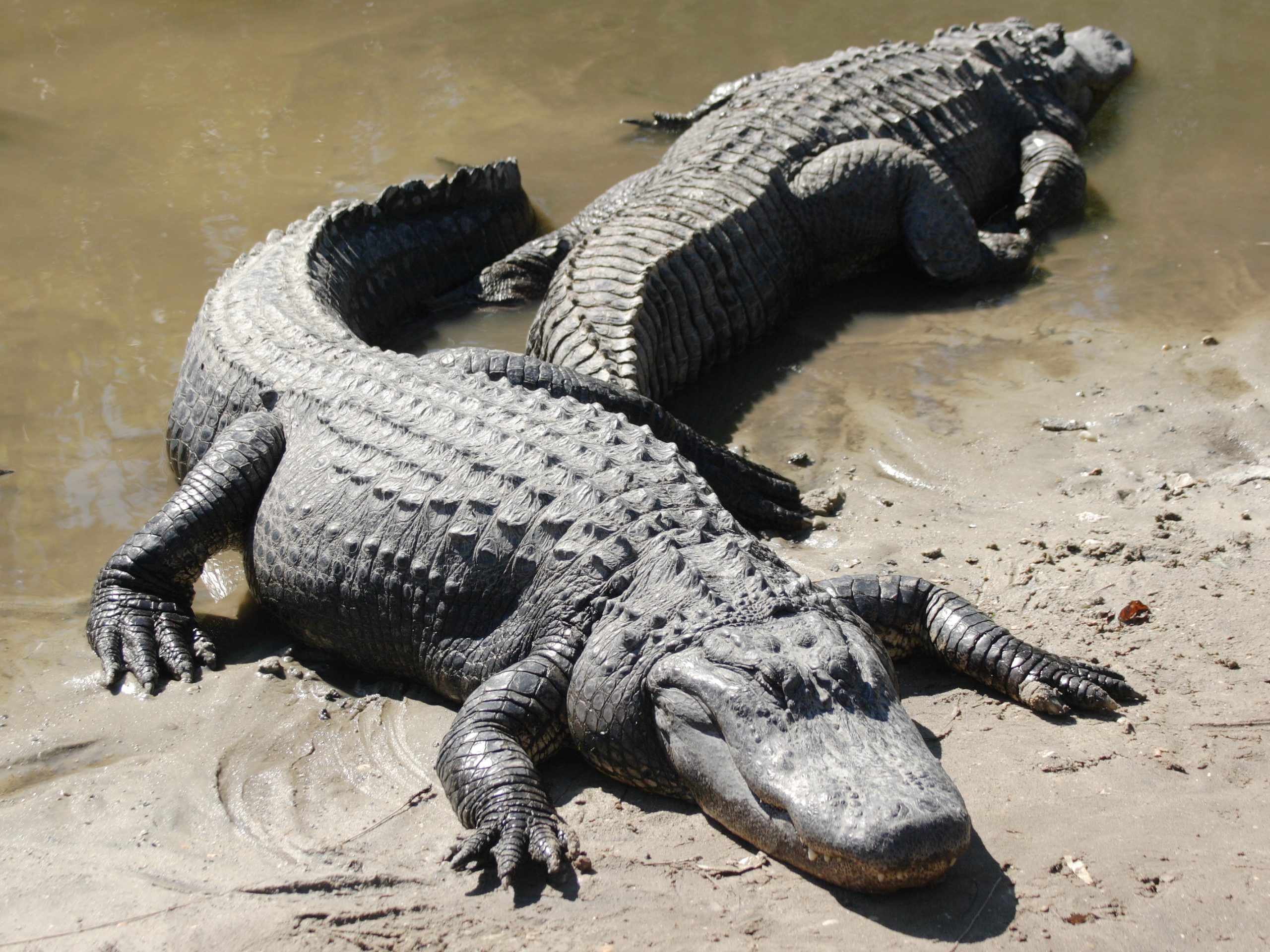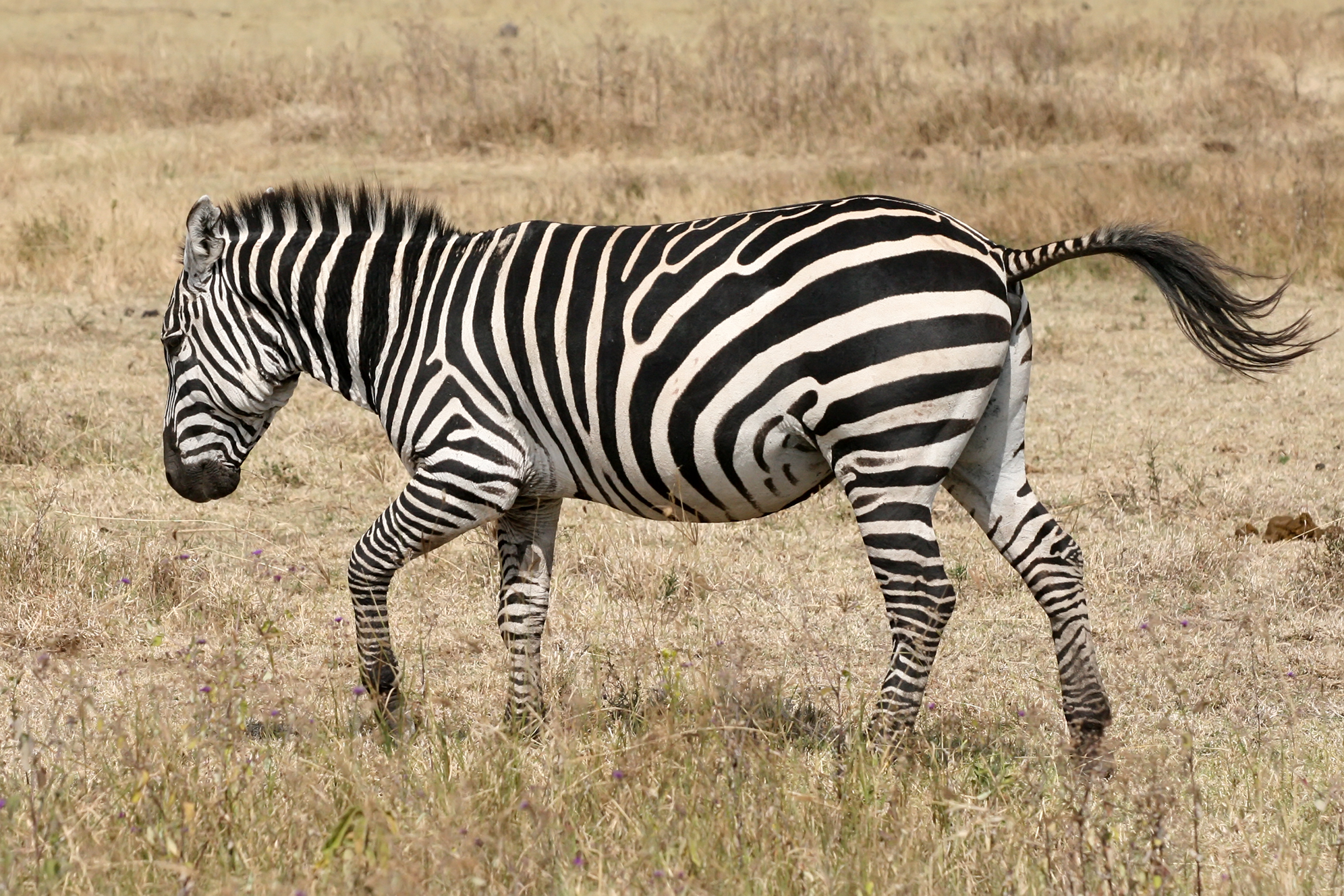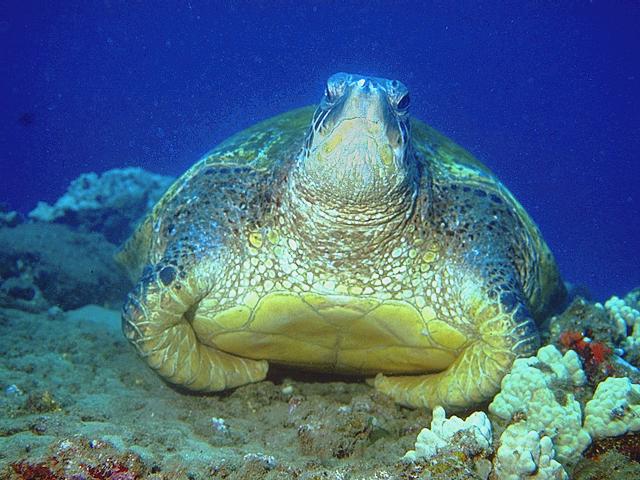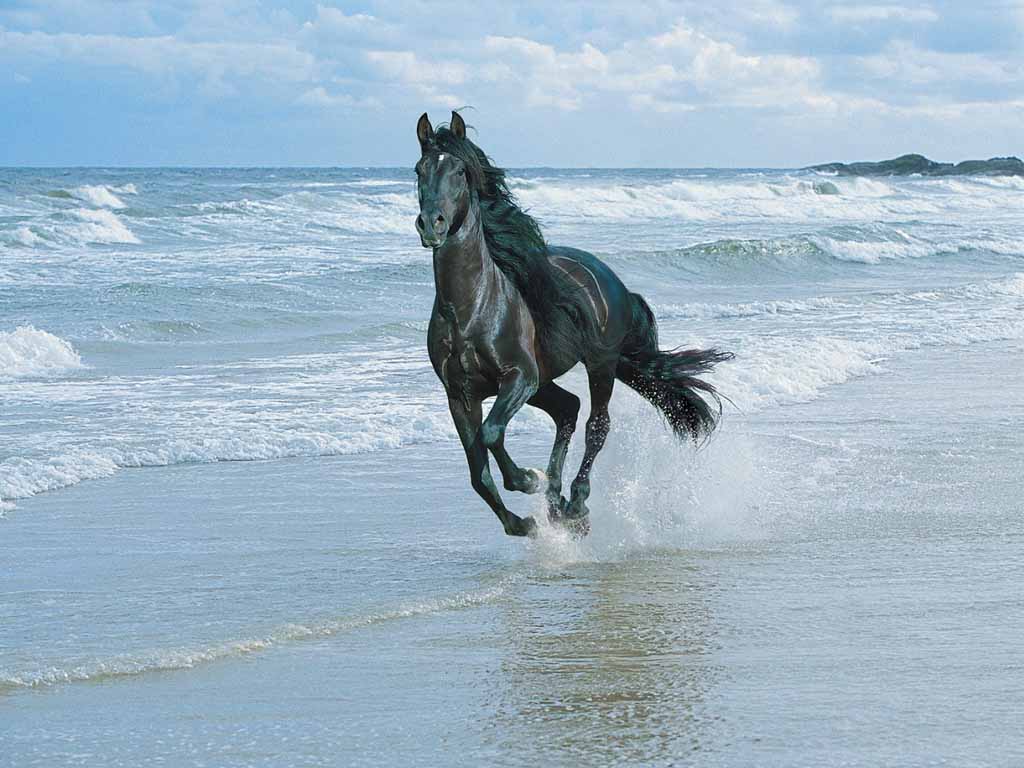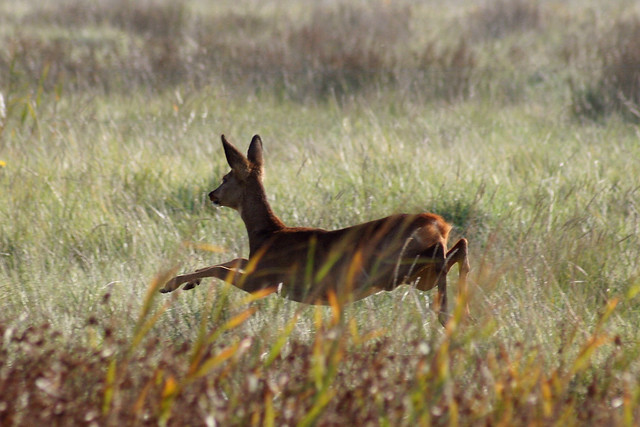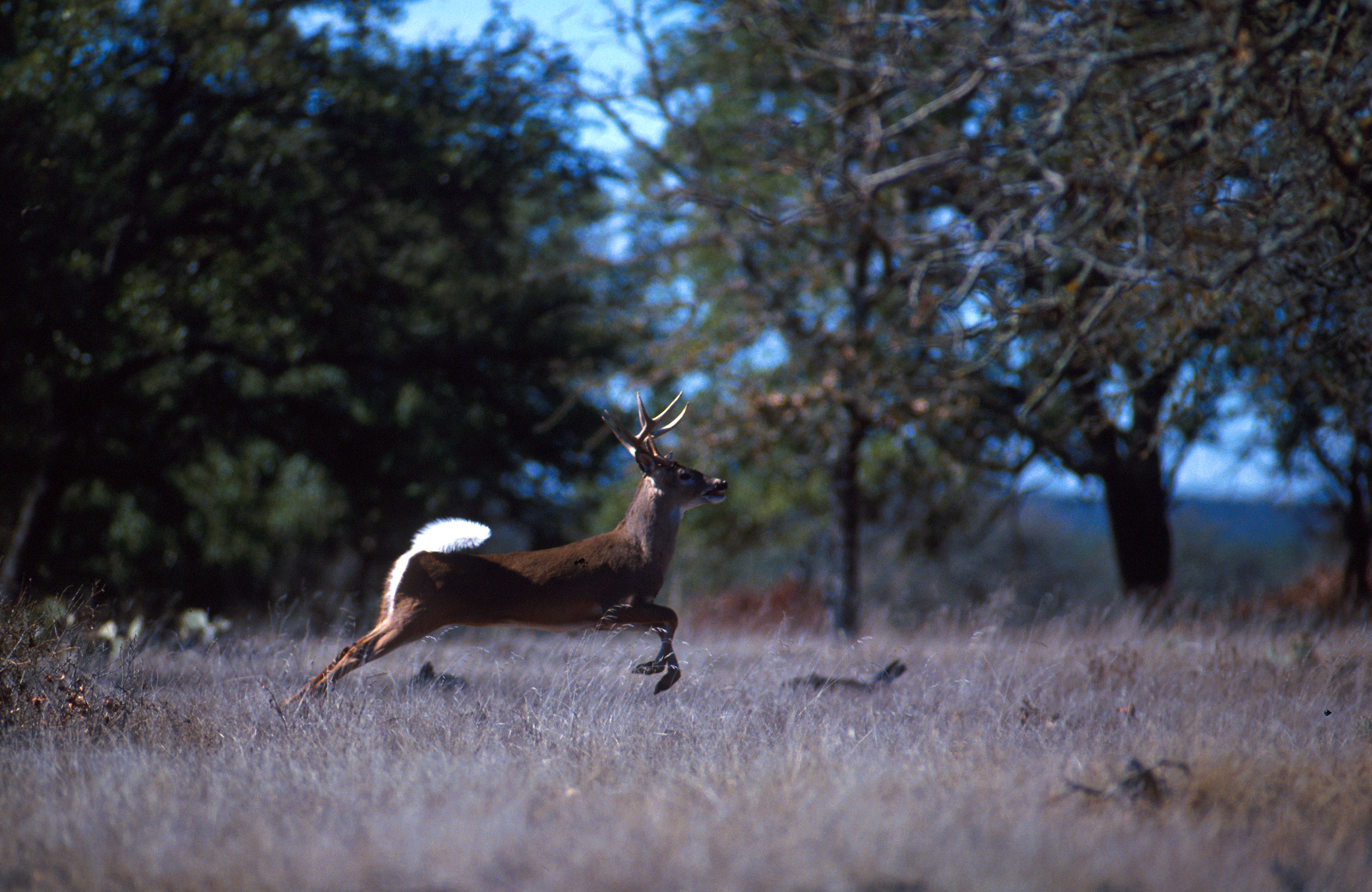Source google.com
The Leopard And Wild Cat
The leopard is most easily recognized by its rosette patterned coat and extremely long, darker tail. This large cat is sometimes confused in appearance with the South American Jaguar - the leopard though is less stocky and unlike the jaguar, its rosette markings are generally smaller and have no internal spots. The overall size of the leopard depends very much on the subspecies and location, with the largest animals growing to a length of nearly 5 feet with an additional tail length of some 3 feet - generally the male is between 20-40% larger than the female. The base coloration of the coat also varies greatly depending upon location, ranging from golden/yellow in open grasslands, through yellow/cream in desert areas to deep gold in mountain and forest regions. All black or melanistic leopards, sometimes commonly called ‘Black Panthers", are born in the same litter as normally marked cats and also carry the rosette markings, although these are masked by the darkness of the fur. It has been observed that the melantistic leopard is most generally found in the dense, wet forested areas of India and south east Asia, where the coloration advantages the cat in its hunting. The leopard is a versatile hunter and generally nocturnal in its pursuit of prey - however the increased frequency of hunting found in the female raising young often leads to more opportunist hunting during daylight hours (information from Big Cats Online). The main prey in Pakistan is Rhesus Monkey, Wild boar, Chinkara, Urial, Sind Wild Goat and Porcupines. Average litter size is 2-3 cubs which are born after a gestation period of 4 months.
Habitat and Distribution:
The common leopard frequents Himalayan mountains upto the tree limit in the forest of chir, kail, deodar and fir. It also inhabits broken arid mountainous country in association with scrub and thorn forest.
The Leopards in Pakistan are mainly found in the highlands of Baluchistan and Sind, and the mountain forests of Punjab, N.W.F.P and Azad Kashmir. The leopard is found in the Kirthar Mountain Range of Sind and the Toba Kakar, the Mekran and the Sulaiman Range of Baluchistan. In the northern mountanious region it is found in the Murree Hills, Swat Kohistan, Dir, Chitral, Abbotabad and Lower Gilgit. It is also found in the Kaghan valley and the Margalla Hills. In Azad Kaashmir it is found around the hill ranges of Muzaffarabad and the Neelum Valley. Its survival in the Salt Range in Punjab is not clear, though they still do exist in very small numbers. The leopard sparsely inhabits the Kala Chita hills as well.
The total population in Pakistan is unknown. A study on the common leopard to estimate its population, distribution pattern and habitat preferences was done from 1998-1999 in Rawalpindi District by M. Anwar Maan and A. Aleem Chaudhry(Tiger Paper Vol. 27:No.4 Oct-Dec 2000).. The study period was carried out in four sessions. The first session was conducted in May-June 1998. The second in October, the third in November, and the fourth in February 1999. Population estimates for common leopard, density over square km, distribution pattern and preference for particular habitat were studied. The habitat was surveyed to determine the population of common leopard following the strip census method. Transects three to four km long and 100m wide were studied. Indirect evidence such as droppings, pugmarks and wildlife and livestock species preyed upon by leopard were searched out during the study. During the study 74 transects were studied covering an area of 40-60 square km. In one transect, only pugmarks were observed, which were transformed into population estimates. Three goats preyed upon by leopards were also witnessed. On the basis of indirect information(i.e. pugmarks) the per square km density of 0.018 -+ 0.016 leopards was assessed. The overall population estimate within a 281 square km habitat was 5.058 -+ 4.496, indicating that 1-9 leopards survive in its distribution range. On the basis of observations recorded during the study period, it was concluded that the population of common leopard was randomly distributed, showing no preference for a particular habitat.
Squardon Leader, Mr. Zulfikar Ahmed reports the sighting of a leopard in the year 1995 when a leopard was sighted at the top of Mount Sakesar in the Salt Range. The animal was seen by a number of people from close range in broad daylight. The mammal remained there for three days (as confirmed by multiple sightings), whichspread a wave of terror amongst the local inhabitants. Just a couple of months back an animal descended from the mountains (probably because of starvation) and entered into the town of Quaidabad, where it was shot dead. During the same time frame a calf was killed by Leopard near the Sakesar top (as reported by calf owner) The remains of the calf were poisoned by the locals. However the results of poisoning are not known. Quite recently (summer of 2000) a sighting of a female Leopard along with two cubs has been reported in the Western Salt Range . This female and the two cubs were later captured by the N.W.F.P Wildlife Department from Manglot National Park near Nizampur (CONSERVATION OF WILD LIFE AND ITS HABITAT IN SOAN VALLEY, Zulfikar Ahmed, November 2000).
The N.W.F.P wildlife department carried out a census in the province in 1997 and has put the number of leopards in that province at 76 (Distribution and Status of Wildlife in the N.W.F.P, 1997. N.W.F.P Wildlife Department). Further there might be ( a guess) 40-50 in the forests of Azad Kashmir. Sind Wildlife Department reported 7 leopards occuring in the Kirthar National Park in Sind in 1982. The total population of this beautiful cat in Pakistan may be inbetween 150-250.
Click here for a map of leopard distribution in Pakistan and recent sightings
Recent Sightings and Population Surveys:
Sightings:
1998: Female leopard and two cub seen in Azad Kashmir, near Muzaffarabad town. Female is shot. Cubs are captured by a local villager. Female cub ends at Islamabad Zoo. Male cub with Azad Kashmir Wildlife Department.
1999: Male leopard enters Abottabad city in Malik Pura area, from the surrounding hills. Leopard is captured. Released later.
2000: A female leopard is caught in Manglot Wildlife Park in Nizampur area in N.W.F.P. The leopard is released later by the N.W.F.P Wildlife Department. Reports of two more leopards from the same area are also made by the Wildlife Department.
2001: On March 27, The wildlife department of NWFP captures a leopard from Biran Gali and shifts it to Peshawar for protection and care. The one-year-old had injured at least two female goats and as many sheep. It was decided to release the leopard in the Galyat areas of NWFP.
On February 14th, the Abbottabad police killed a leopard that was hiding in a house in Malik Pura area (same area as in 1998 (see above). Wildlife officials fail to capture it alive and is shot 15 times. It was reported to be a captive specimen owned by FFR Center of the Pakistan Army.
Surveys:
1998-1999: Study on the common leopard to estimate its population, distribution pattern and habitat preferences was done from 1998-1999 in Rawalpindi District by M. Anwar Maan and A. Aleem Chaudhry (Tigerpaper Vol.27:No 4 Oct.-Dec.2000).
2000-2001: IUCN reports good evidence of leopards surviving in Baluchistan, south of Siahan Mountain Range, during the cheetah survey. No, actual sighting.



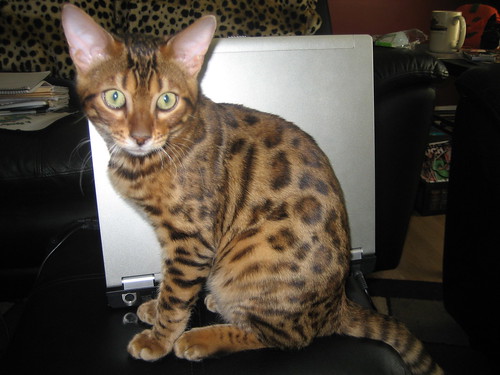
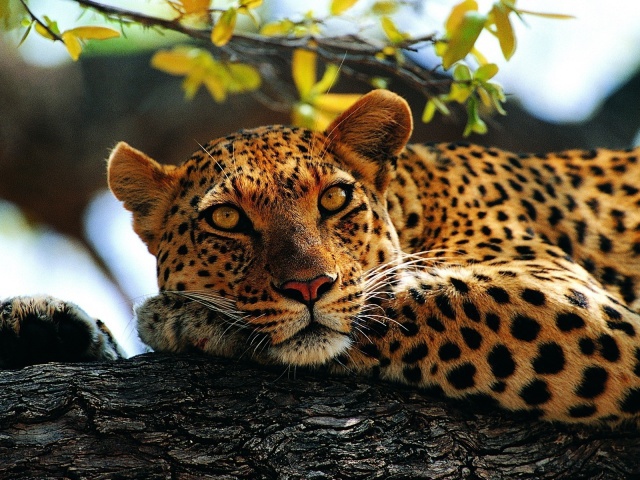
The Leopard And Wild Cat
The leopard is most easily recognized by its rosette patterned coat and extremely long, darker tail. This large cat is sometimes confused in appearance with the South American Jaguar - the leopard though is less stocky and unlike the jaguar, its rosette markings are generally smaller and have no internal spots. The overall size of the leopard depends very much on the subspecies and location, with the largest animals growing to a length of nearly 5 feet with an additional tail length of some 3 feet - generally the male is between 20-40% larger than the female. The base coloration of the coat also varies greatly depending upon location, ranging from golden/yellow in open grasslands, through yellow/cream in desert areas to deep gold in mountain and forest regions. All black or melanistic leopards, sometimes commonly called ‘Black Panthers", are born in the same litter as normally marked cats and also carry the rosette markings, although these are masked by the darkness of the fur. It has been observed that the melantistic leopard is most generally found in the dense, wet forested areas of India and south east Asia, where the coloration advantages the cat in its hunting. The leopard is a versatile hunter and generally nocturnal in its pursuit of prey - however the increased frequency of hunting found in the female raising young often leads to more opportunist hunting during daylight hours (information from Big Cats Online). The main prey in Pakistan is Rhesus Monkey, Wild boar, Chinkara, Urial, Sind Wild Goat and Porcupines. Average litter size is 2-3 cubs which are born after a gestation period of 4 months.
Habitat and Distribution:
The common leopard frequents Himalayan mountains upto the tree limit in the forest of chir, kail, deodar and fir. It also inhabits broken arid mountainous country in association with scrub and thorn forest.
The Leopards in Pakistan are mainly found in the highlands of Baluchistan and Sind, and the mountain forests of Punjab, N.W.F.P and Azad Kashmir. The leopard is found in the Kirthar Mountain Range of Sind and the Toba Kakar, the Mekran and the Sulaiman Range of Baluchistan. In the northern mountanious region it is found in the Murree Hills, Swat Kohistan, Dir, Chitral, Abbotabad and Lower Gilgit. It is also found in the Kaghan valley and the Margalla Hills. In Azad Kaashmir it is found around the hill ranges of Muzaffarabad and the Neelum Valley. Its survival in the Salt Range in Punjab is not clear, though they still do exist in very small numbers. The leopard sparsely inhabits the Kala Chita hills as well.
The total population in Pakistan is unknown. A study on the common leopard to estimate its population, distribution pattern and habitat preferences was done from 1998-1999 in Rawalpindi District by M. Anwar Maan and A. Aleem Chaudhry(Tiger Paper Vol. 27:No.4 Oct-Dec 2000).. The study period was carried out in four sessions. The first session was conducted in May-June 1998. The second in October, the third in November, and the fourth in February 1999. Population estimates for common leopard, density over square km, distribution pattern and preference for particular habitat were studied. The habitat was surveyed to determine the population of common leopard following the strip census method. Transects three to four km long and 100m wide were studied. Indirect evidence such as droppings, pugmarks and wildlife and livestock species preyed upon by leopard were searched out during the study. During the study 74 transects were studied covering an area of 40-60 square km. In one transect, only pugmarks were observed, which were transformed into population estimates. Three goats preyed upon by leopards were also witnessed. On the basis of indirect information(i.e. pugmarks) the per square km density of 0.018 -+ 0.016 leopards was assessed. The overall population estimate within a 281 square km habitat was 5.058 -+ 4.496, indicating that 1-9 leopards survive in its distribution range. On the basis of observations recorded during the study period, it was concluded that the population of common leopard was randomly distributed, showing no preference for a particular habitat.
Squardon Leader, Mr. Zulfikar Ahmed reports the sighting of a leopard in the year 1995 when a leopard was sighted at the top of Mount Sakesar in the Salt Range. The animal was seen by a number of people from close range in broad daylight. The mammal remained there for three days (as confirmed by multiple sightings), whichspread a wave of terror amongst the local inhabitants. Just a couple of months back an animal descended from the mountains (probably because of starvation) and entered into the town of Quaidabad, where it was shot dead. During the same time frame a calf was killed by Leopard near the Sakesar top (as reported by calf owner) The remains of the calf were poisoned by the locals. However the results of poisoning are not known. Quite recently (summer of 2000) a sighting of a female Leopard along with two cubs has been reported in the Western Salt Range . This female and the two cubs were later captured by the N.W.F.P Wildlife Department from Manglot National Park near Nizampur (CONSERVATION OF WILD LIFE AND ITS HABITAT IN SOAN VALLEY, Zulfikar Ahmed, November 2000).
The N.W.F.P wildlife department carried out a census in the province in 1997 and has put the number of leopards in that province at 76 (Distribution and Status of Wildlife in the N.W.F.P, 1997. N.W.F.P Wildlife Department). Further there might be ( a guess) 40-50 in the forests of Azad Kashmir. Sind Wildlife Department reported 7 leopards occuring in the Kirthar National Park in Sind in 1982. The total population of this beautiful cat in Pakistan may be inbetween 150-250.
Click here for a map of leopard distribution in Pakistan and recent sightings
Recent Sightings and Population Surveys:
Sightings:
1998: Female leopard and two cub seen in Azad Kashmir, near Muzaffarabad town. Female is shot. Cubs are captured by a local villager. Female cub ends at Islamabad Zoo. Male cub with Azad Kashmir Wildlife Department.
1999: Male leopard enters Abottabad city in Malik Pura area, from the surrounding hills. Leopard is captured. Released later.
2000: A female leopard is caught in Manglot Wildlife Park in Nizampur area in N.W.F.P. The leopard is released later by the N.W.F.P Wildlife Department. Reports of two more leopards from the same area are also made by the Wildlife Department.
2001: On March 27, The wildlife department of NWFP captures a leopard from Biran Gali and shifts it to Peshawar for protection and care. The one-year-old had injured at least two female goats and as many sheep. It was decided to release the leopard in the Galyat areas of NWFP.
On February 14th, the Abbottabad police killed a leopard that was hiding in a house in Malik Pura area (same area as in 1998 (see above). Wildlife officials fail to capture it alive and is shot 15 times. It was reported to be a captive specimen owned by FFR Center of the Pakistan Army.
Surveys:
1998-1999: Study on the common leopard to estimate its population, distribution pattern and habitat preferences was done from 1998-1999 in Rawalpindi District by M. Anwar Maan and A. Aleem Chaudhry (Tigerpaper Vol.27:No 4 Oct.-Dec.2000).
2000-2001: IUCN reports good evidence of leopards surviving in Baluchistan, south of Siahan Mountain Range, during the cheetah survey. No, actual sighting.
The Leopard Wild Cat

The Leopard Wild Cat

The Leopard Wild Cat

The Leopard Wild Cat

The Leopard Wild Cat

The Leopard Wild Cat






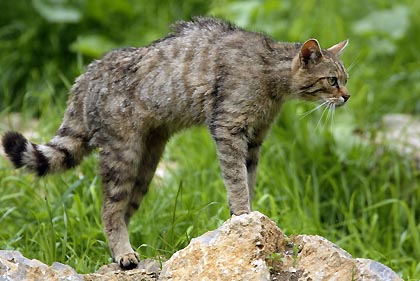


_fur_skin_2.jpg)




